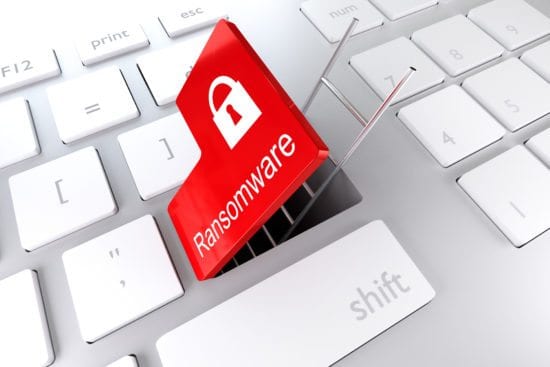Seven in ten RDDoS victims have been targeted multiple times in the last year, compared with 57% of ransomware targets
London, UK – August 12, 2021 – Over two-fifths (44%) of organisations have been the target or victim of a ransom-related distributed denial of service (RDDoS) attack in the last 12 months, according to new research from the Neustar International Security Council (NISC). During the same period, fewer organisations (41%) reported being on the receiving end of a ransomware attack.
Of the organisations hit by RDDoS in the last year, 70% said they had been targeted multiple times, with 36% opting to pay the ransom. In comparison, more than half (57%) of ransomware victims reported being targeted more than once, with more than a third (36%) choosing to pay out.
Earlier this year, Neustar, Inc., a global information services and technology company and leader in identity resolution, highlighted a rise in RDDoS attacks in its Cyber Threats and Trends: Pandemic Style report. Informed by data from Neustar’s Security Operations Center (SOC), the report revealed a surge in the frequency, persistence and sophistication of RDDoS threats. Attackers are also broadening their targets.
While RDDoS threats are not new for many online industries, attackers have increasingly turned their attention to a wider variety of sectors including financial services, government, and telecoms. The perpetrators of these attacks are also increasingly aligned with powerful nation state hacking groups – or claiming to be. In late 2020, a major Fortune Global 500 company was targeted by hackers claiming to be North Korean state-backed Lazarus Group, and in a larger wave of DDoS extortion campaigns this June, attackers claimed to be from either Lazarus Group or Russian state-backed Fancy Bear. In each case, the businesses received extortion emails demanding Bitcoin payment.
“Rather than spending a lot of time and careful planning on infecting an organisation’s network with malware or ransomware, cyber criminals are taking an easier approach and using DDoS as a ransom vector,” said Rodney Joffe, Chairman of NISC, SVP and Fellow, Neustar. “For bad actors, launching a DDoS attack is relatively simple and also has the added benefit of being harder to trace back to its origin.”
Despite having now been around for a while, just a quarter (24%) of cyber security professionals reported feeling ‘very confident’ in their organisation’s knowledge of how to respond to an RDDoS attack.
According to Joffe, paying a ransom should be avoided at all costs: “It’s common for organisations to feel pressure to pay to get their website back up and running and avoid disruption. However, with attackers targeting the same company multiple times, paying the ransom only makes it more likely that you will fall victim again. Instead, businesses must take an ‘always on’ approach to DDoS security, ensuring that their site remains protected even in the event of an attack.”
During May – June 2021, security professionals perceived ransomware (70%), DDoS (68%), and targeted hacking (66%), as the most increasing threats to their organisation.
The opinions expressed in this post belongs to the individual contributors and do not necessarily reflect the views of Information Security Buzz.



